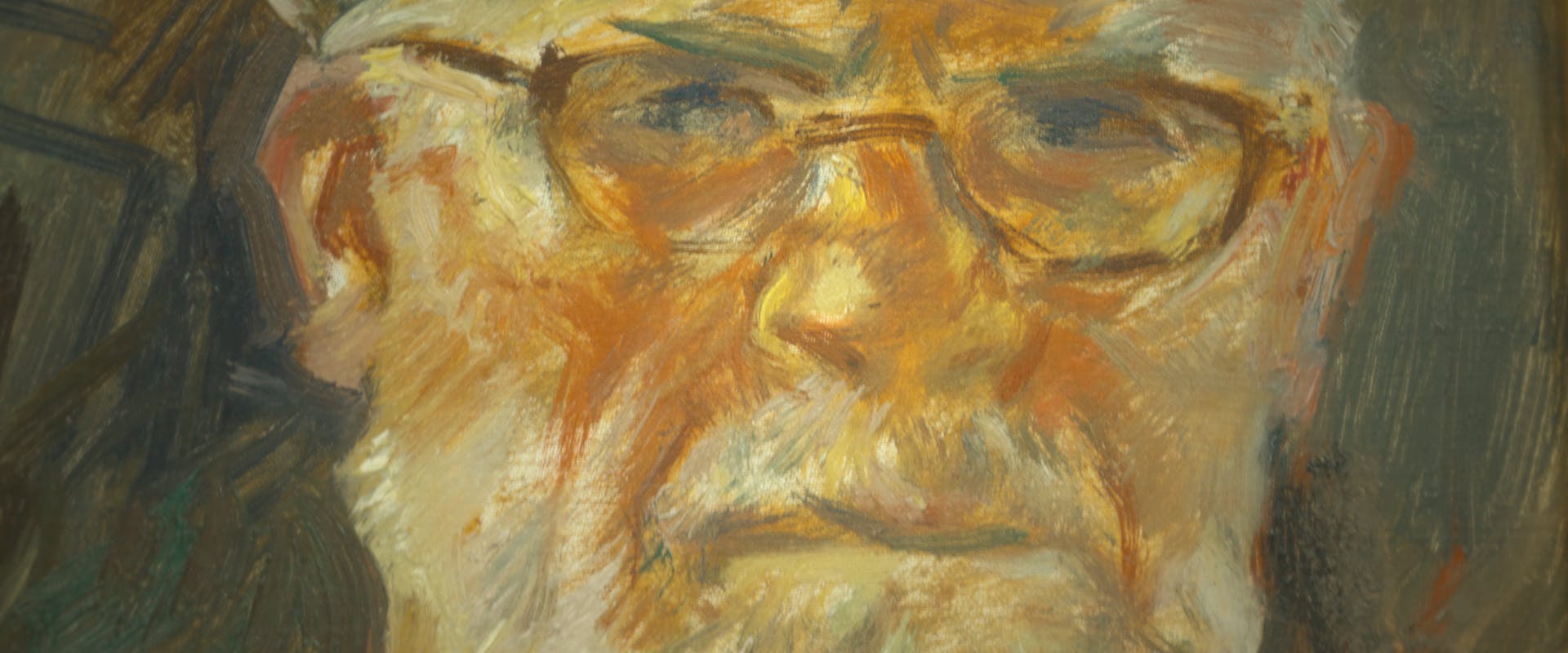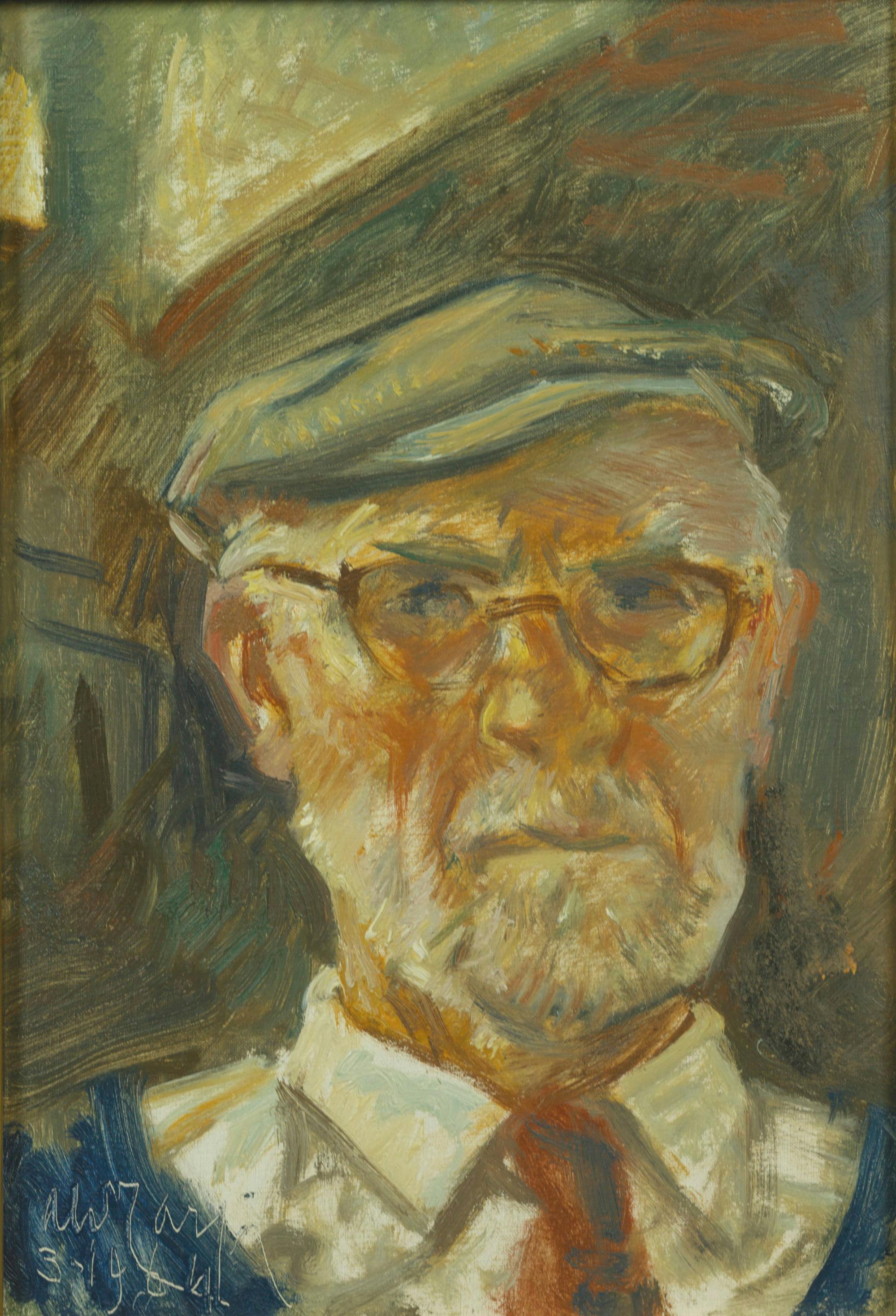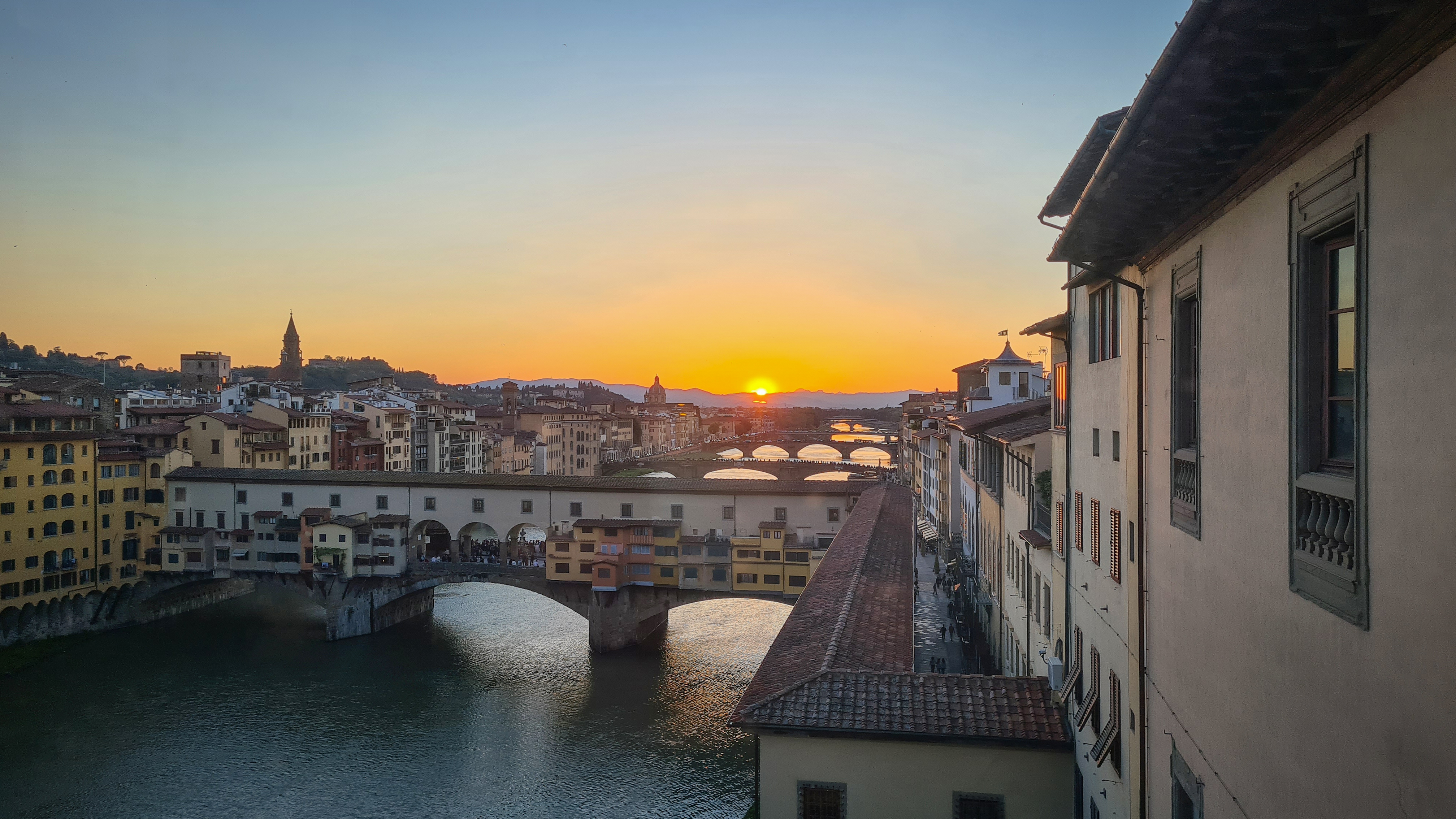International Holocaust Remembrance Day: The Uffizi pays homage to Aldo Carpi, the painter whose diary recounted the depths of the concentration camp
An “exhibition-homage” to the artist who lived through the horrors of the concentration camp and managed to recount them in a diary just as he experienced them
Organized by the Uffizi on the Gallery’s second floor to mark International Holocaust Remembrance Day, the exhibition will focus on Aldo Carpi (Milan, 6 October 1886-27 March 1973), a painter of Jewish heritage, bearing witness through three works from the Museum’s collection: his self-portraits from 1925 and 1964, and Dopo Cena (or “After Dinner,” ordinarily shown at the Gallery of Modern Art at the Pitti Palace) from 1913. An artist already established in the first decade of the 20th century, an esteemed professor at the Brera Academy in Milan beginning in the 1930s, and the creator of imaginative paintings that defy categorization, Carpi would, after an informer reported his origins, be interned in the Mauthausen-Gusen concentration camp, where he was imprisoned from February 1944 to May 1945. During those painful months, in defiance of the strictest prohibition against writing, the artist recounted his personal experience of life in the camp in an intense diary in the form of drawings and letters to his wife, which would be published with the title Diario di Gusen in 1971. These pages forcefully illustrate Carpi’s constant struggle to maintain his intellectual and moral (as well as physical) dignity – a dignity that, while deliberately undermined day after day by the camp system, was sustained by the consolatory power of religion, family, and nature. His unflinching account of omnipresent death thus finds its counterpoint in poetic meditation upon the meagre shreds of life (a flower, a memory, a sliver of sky) granted to him with unexpected spontaneity. Carpi would save the memory of all this through his diary. The artist accompanies the letters with drawings that chronicle the reality of the concentration camp (heaps of dead bodies in the crematoria, the internees’ emaciated bodies), bearing witness, with matchless documentary force, to the absurdity of the horror.


